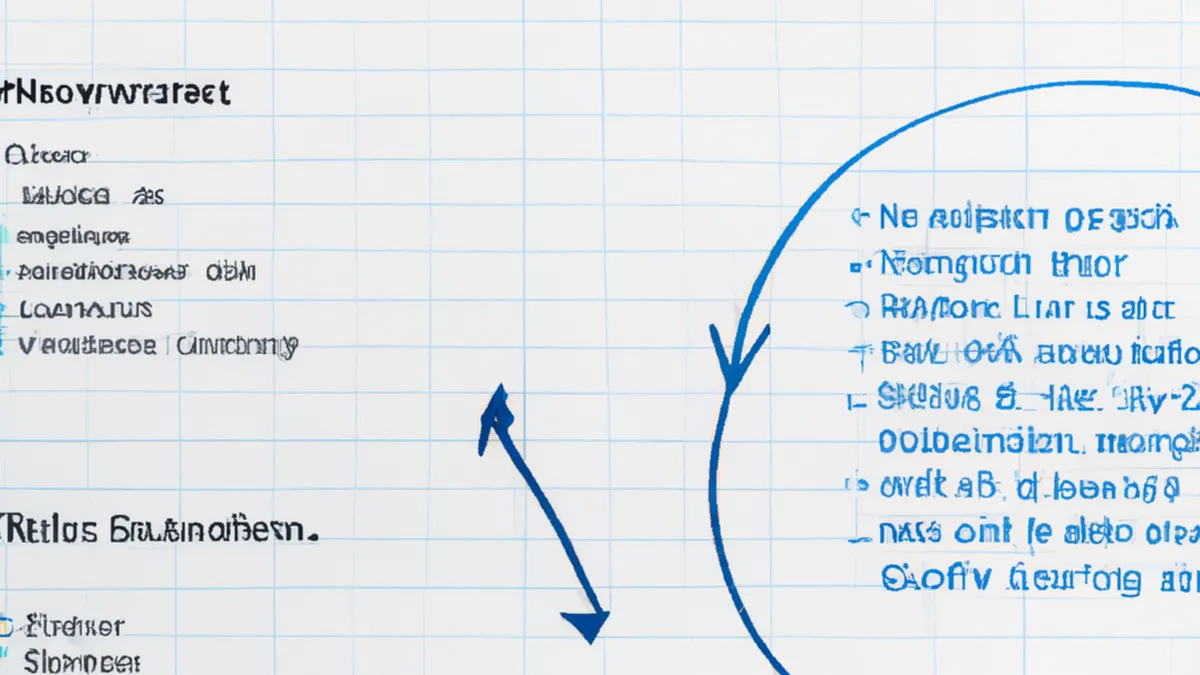Customize Pitching Techniques for Better Performance
How to Develop a Personalized Pitching Mechanics Checklist
Pitching combines art and science. It requires skill, technique, and mental acuity. Every pitcher has a unique style shaped by physical attributes and experiences. To maximize performance, develop a personalized pitching mechanics checklist. This checklist helps refine technique, enhance skills, and improve your game.
Understanding the Basics of Pitching Mechanics
Before creating your checklist, understand fundamental pitching mechanics. Proper mechanics involve posture, grip, windup, delivery, and follow-through. Each component plays a vital role in pitch effectiveness.
Posture and Balance
Start with your posture. Stand tall and balanced on the mound with feet shoulder-width apart. Distribute your weight evenly between your legs. This balance fosters a powerful and controlled delivery. Keep your head level to maintain stability during your motion.
Grip and Release
Next, focus on your grip and release. Your ball grip significantly affects its spin and trajectory. Each pitch type, like fastballs or curveballs, requires a different grip. Experiment with grips in practice to find what feels comfortable. During release, ensure a proper follow-through; a clean release improves accuracy and speed.
Windup and Delivery
The windup initiates your throwing movement. A fluid windup sets the stage for effective delivery. During delivery, concentrate on arm motion and leg drive. These elements generate power and speed. Maintain proper alignment with your hips and shoulders to maximize velocity and minimize injury risk.
Creating Your Personalized Checklist
Now that you grasp the basics, develop your personalized checklist. Start by listing key mechanics to focus on. Tailor them to your unique style and strengths.
Assess Your Current Mechanics
Assess your current pitching mechanics. Record yourself pitching from different angles during practice and games. Analyze your video to identify improvement areas. Look for inconsistencies in posture, grip, windup, delivery, and follow-through. Recognize issues like falling off to one side or slow arm movement. Identifying these problems is the first step to improvement.
Set Specific Goals
After assessing your mechanics, set specific goals. For example, aim to improve follow-through, enhance balance during windup, or develop a more effective curveball grip. Write down your goals and keep them accessible. This helps you stay focused and motivated.
Include Drills
Incorporate drills to practice each mechanic.
Conclusion
Developing a personalized checklist enhances your pitching mechanics. Focus on key components to improve your performance on the mound.
Below are related products based on this post:
FAQ
What are the key components of pitching mechanics that should be included in my checklist?
The key components of pitching mechanics include posture, grip, windup, delivery, and follow-through. Each of these elements plays a vital role in the effectiveness of your pitches, so it’s important to focus on them individually when developing your checklist.
How can I assess my current pitching mechanics effectively?
You can assess your current pitching mechanics by recording yourself during practice and games from different angles. Analyzing the video will help you identify areas for improvement, such as inconsistencies in posture, grip, windup, delivery, and follow-through.
What should I do after I identify areas for improvement in my pitching mechanics?
After identifying areas for improvement, set specific goals that target those aspects. For example, you might aim to enhance your follow-through or develop a more effective grip for your curveball. Writing down these goals and keeping them accessible will help maintain your focus and motivation.















Post Comment